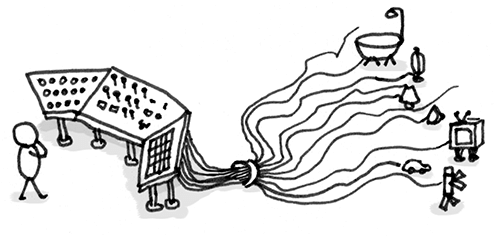Switch Statements
Signs and Symptoms
You have a complex switch operator or sequence of if statements.

Reasons for the Problem
Relatively rare use of switch and case operators is one of the hallmarks of object-oriented code. Often code for a single switch can be scattered in different places in the program. When a new condition is added, you have to find all the switch code and modify it.
As a rule of thumb, when you see switch you should think of polymorphism.
Treatment
- To isolate `switch` and put it in the right class, you may need Extract Method and then Move Method.
- If a `switch` is based on type code, such as when the program’s runtime mode is switched, use Replace Type Code with Subclasses or Replace Type Code with State/Strategy.
-
After specifying the inheritance structure, use Replace Conditional with Polymorphism.
- If there are not too many conditions in the operator and they all call same method with different parameters, polymorphism will be superfluous. If this case, you can break that method into multiple smaller methods with Replace Parameter with Explicit Methods and change the `switch` accordingly.
-
If one of the conditional options is
null, use Introduce Null Object.
Payoff
- Improved code organization.

When to Ignore
-
When a
switchoperator performs simple actions, there is no reason to make code changes. -
Often
switchoperators are used by factory design patterns (Factory Method and Abstract Factory) to select a created class.
